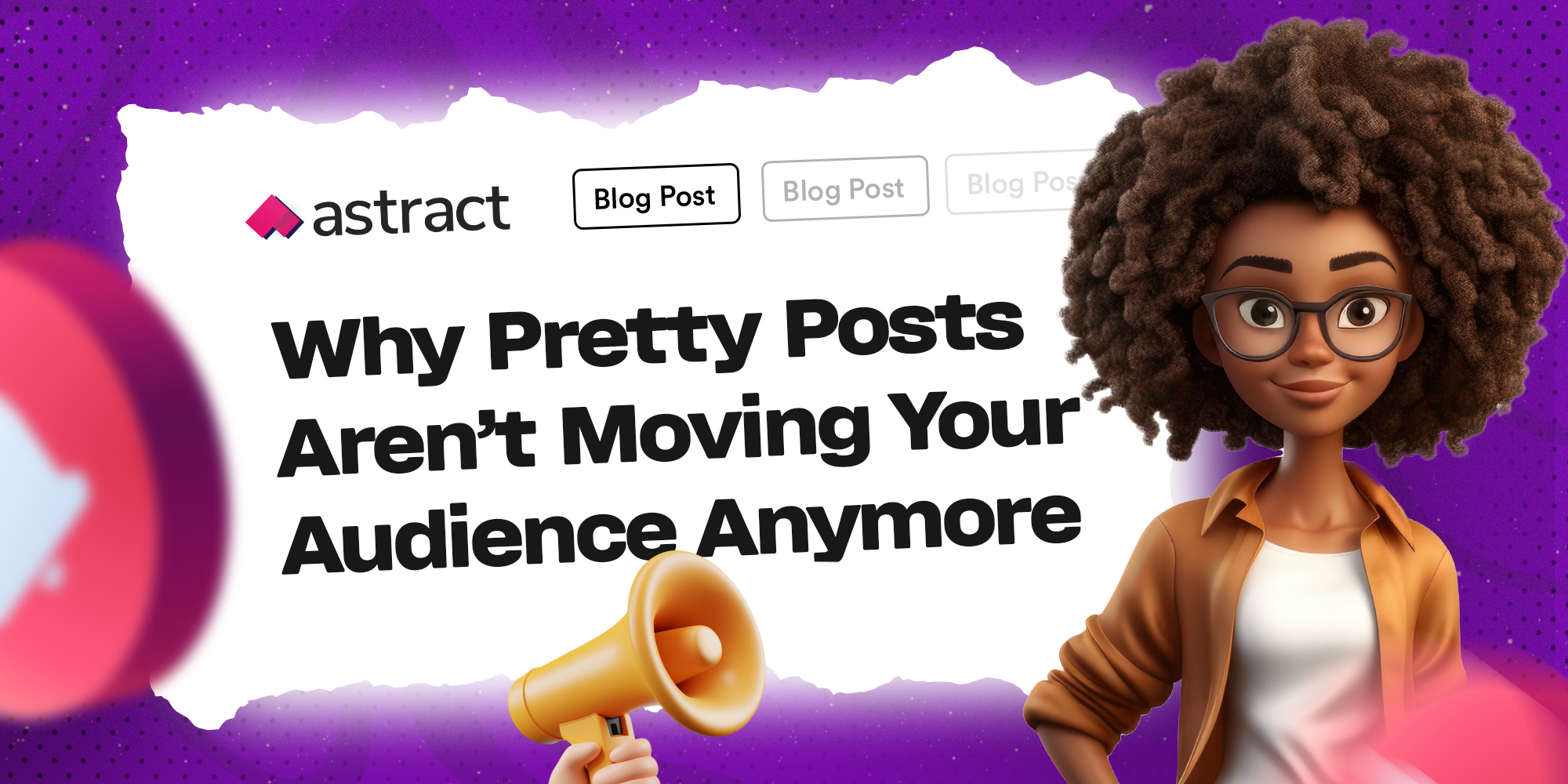A few months ago, at Astract9 we were invited to make a presentation at a government parastatal. We got into the room and it was immediately evident that these people meant business. Quick background: We had a meeting with them the previous week and truth be told they were not very impressed with us. So we knew that this was the last opportunity to blow this thing out of the water.
[blockquote text=”It was time to go big or go home.” text_color=”” width=”” line_height=”undefined” background_color=”” border_color=”” show_quote_icon=”no” quote_icon_color=””]
During the presentation, we noticed that our slides and panels elicited interesting reactions from the panel. There was this particular woman whose eyes lit up every time we moved to a new slide. It was evident that the presentation and proposal worked hand in hand to put us a cut above every other agency that presented that day because eventually, we ended up getting the job.
[button size=” style=” text=’TALK TO US’ icon=” icon_color=” link=’https://astract.com/getstarted/’ target=’_blank’ color=” hover_color=” border_color=” hover_border_color=” background_color=” hover_background_color=” font_style=” font_weight=” text_align=” margin=”]
The point here is that a good proposal can be the difference between a successful business development/sales pitch and a failed one. It is no surprise that at Astract9, we take proposal writing and designing very seriously. Proposals are hard to write and very time-consuming. Most people think that time spent writing a proposal could be better utilized doing more productive things, but as every salesperson knows, this is the actual work. Besides, the client probably has a million and one proposals in their email inbox anyway, so the question is how do you make yours stand out?
We do not claim to have the writing of proposals down to a science but we have been doing this for a while and here are some of the tips we can offer you on how to write and design mind-blowing proposals.
RESEARCH

There are no two ways about it, if you are writing a proposal to an organization, you have to do your homework to determine what their pain points are and what the entity you are representing can do to solve that problem. The client probably gets a million and one proposals with the same generic solutions. Sometimes companies might put out a call for proposals with specifics but carry out your research anyway. The kind of questions you should be asking include:
- What are their processes?
- What are the pain points? Can I summarise the main issues?
- Why do they need this proposal to accomplish?
- How can I tailor my solutions to tackle the problems?
- What value add can I offer in addition to my solutions?
- How can I differentiate myself from the pack?
We live in the internet age, most companies leave an internet footprint so getting information should not be a problem. You can also talk to your industry contacts depending on how far your network extends. Researching the industry is critical because you can take a snapshot look at the market to answer some interesting questions. Great research gives you breath and flexibility, so you have the raw material on which to build your proposal and tailor solutions to speak directly to the problems the client wants to tackle. Remember, no matter how good your proposal looks, if it lacks substance then you have most likely failed.
TEMPLATES

There is no need to reinvent the wheel if a thousand variations of wheels already exist. There are a lot of proposal templates everywhere you look and there is absolutely no reason to not take advantage of them. Also, applications like Qwilr, Proposify, and Pandadoc come with pre-filled template designs that are customizable and reusable depending on your design chops. Imagine creating proposal templates from scratch every time you have to push one out – that doesn’t sound very wise or economical. Your business is probably small and saving time and resources is vital to driving efficiency. You don’t want to waste more time than necessary for designing explosive proposals. Templates give you a great starting point to designing proposals because most of the alignment, layout, and placements have been made and you just have to plug and play. At Astract9, Envato is our favorite design inspiration for proposal templates. You can sign up yourself and see what the fuss is all about. PS: It is a paid subscription service.
[button size=” style=” text=’Message us’ icon=” icon_color=” link=’https://astract.com/getstarted/’ target=’_blank’ color=” hover_color=” border_color=” hover_border_color=” background_color=” hover_background_color=” font_style=” font_weight=” text_align=” margin=”]
MAINTAIN AN EYE FOR DETAIL

In writing proposals, we have discovered that the quality of the text is just as good a deal-breaker as your design choices and elements. Factors like text alignment, font size, header text sizes or even the font you decide to use have a profound effect on how your proposal is perceived on the client end. Putting it simply, these simple choices can make or break your proposal. For example, if your text alignment is bad, it could relay to the client that your organization is sloppy and doesn’t pay attention to detail. So it is important while writing the proposal to always look at the big picture. Once in a while, zoom out, contextualize what you’re doing and make sure you are being consistent in the textual, visual and tonal choices you are making.
RECYCLE

This is something we all do but like to pretend otherwise. Imagine coming up with text for 5 proposals within the space of one week. It is virtually inescapable that you get to a stage where we have recurrent and reusable themes and ideas. Hence you cannot escape reusing content, visuals and design elements in multiple proposals to save time and resources. Some of the content probably works in different contexts anyway. However, there is a kind of complacency that comes with doing this so it is also important to also pay attention to the material you are reusing to avoid silly mistakes like reusing very specific details from one proposal in another. You don’t want a proposal for Nike mentioning Adidas one of their biggest competitors, out of context.
EDIT

Re, reread, edit and read. It is important to make sure your proposal is free from as many grammatical errors as possible. It is advisable to run the text through grammar spell checkers just in case. Also make sure you stick to one grammar convention, if you’re doing American or British English, let it be consistent all through the text. If you are personally responsible for the proposal, you should get another eye to take a critical look at it to make sure there are no errors. It is important that the text of your proposal be as clean and organized a possible – syntax and grammar wise. Nobody wants to give their money to a company with bad grammar.
One of the things we do as Astract9 is come up with novel and creative digital solutions to help clients solve their most pressing business challenges. We invite you to come tell us all about your problems
[button size=” style=” text=’Send us a message’ icon=” icon_color=” link=’https://astract.com/getstarted/’ target=’_blank’ color=” hover_color=” border_color=” hover_border_color=” background_color=” hover_background_color=” font_style=” font_weight=” text_align=” margin=”]
Or give us a call at 0701 650 4685 and let us help you chart a path forward.








